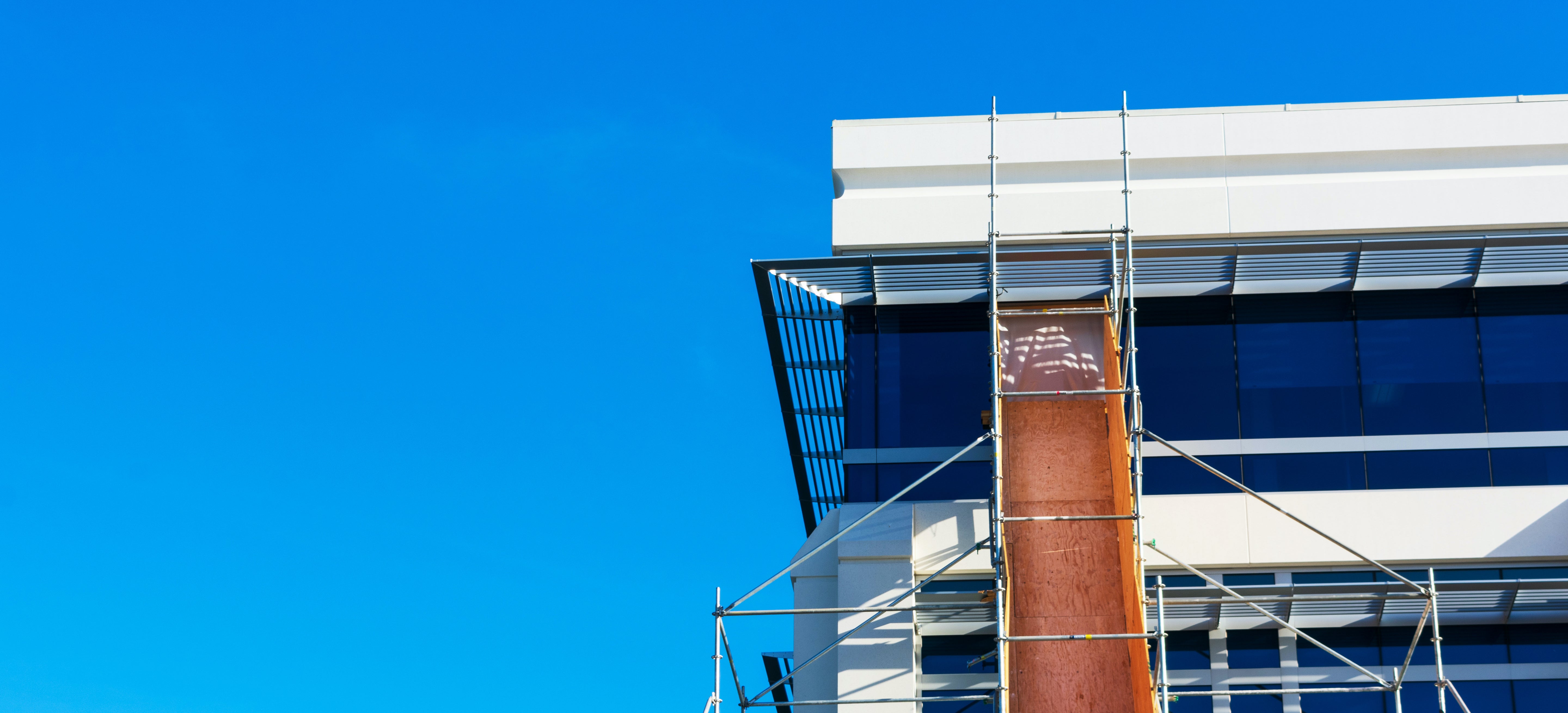Today at Wryker, we have another housekeeping blog for you: Roof Trash Removal.
But first, a joke!
Do you want to hear a construction joke?
Yes
It’s not finished. I’m still building it.
Enough with the funny business, let’s get to your business! As we have discussed, adequate housekeeping is of the utmost importance for you, your business, and your fellow workers. Good housekeeping keeps things running smoothly, saving time, money, health, and lives. Today, we will be specifically discussing the removal of debris from roofs. Working at heights is a dangerous job, but someone has to do it. Therefore, we need to make sure we are doing everything to ensure safety. Adequate roof trash removal is a crucial step in creating a safe environment. Read on with us to learn how to remove your debris safely.
The Basics of Roof Trash Removal
First and foremost, create a plan for your roof trash removal. Some counties allow for the disposal of roofing material in local landfills. However, in some cases, you must dispose of roofing material at a specialized shingle-recycling facility. We recommend using an onsite dumpster to ensure all materials are placed in one orderly location.
Estimating your trash volume and weight is another excellent way to ensure a secure and tidy workspace. Dumpsters have weight limits, and sometimes that limit sneaks up on you. You can estimate your waste volume and weight by measuring the stacks of replacement shingles, but be sure to include extra materials such as broken decking, underlayment, flashing, etc. It can also increase if there are water-soaked materials, moss growth, corrosion or debris attachments.
It is very easy and tempting to simply throw trash and debris off a roof, but this is incredibly dangerous. If working on a roof less than 20 feet in height, we recommend setting up a clearly guarded and easily identifiable place to throw your trash. It is best to place the dumpster right up against the structure, but if that is impossible, lay a tarp down. This is an easy and effective way to catch all trash without accidentally injuring a fellow employee. Make sure to post hard hat signs as well.
Fall protection for yourself and other workers is also a must when it comes to removing roof trash. Shingles and other roofing material can be heavy. You can easily lose your balances when carrying or throwing the materials onto the designated area. Personal fall arrest systems are a great option. We recommend that you prepare your materials and tools in advance to avoid continually going up and down the ladders or scaffolding. Be sure to wear work boots with plenty of grip!
Trash Chutes
When working on a roof 20 feet or higher, it is required by OSHA regulations that you use a trash chute. Trash chutes are essentially tube-like structures that are secured to the building on which you are working. They provide a simple and effective way to dispose of roof waste.
Trash chutes must be installed correctly. There are many variations, so it will be vital for you to discuss what style and size you need for your roofing job. If the chute is small, they should be attached to the side of the building, but if it is larger, you may have to put up so supporting frames to ensure it stays upright. OSHA requires 42-inch guardrails around the top opening of every trash chute. They must be able to withstand impact and substantial pressure.
You may have heard the myth: A penny thrown from the Empire State Building can kill someone standing below. While this isn’t true, heavy trash thrown from a roof certainly can. It is essential to enforce a perimeter around the landing spot intended for trash removal from an elevated location. The dump site should be clearly marked with ample signage. A barrier, such as caution tape held up with delineator posts, is extremely beneficial. And of course, as we all know is required, everyone should be wearing a hard hat at all times. This is true for every construction site, no matter if you are on the first floor or the roof.
Thank you for reviewing roof trash removal with us. Feel free to share any of your tips and tricks for roof trash removal below! We love to hear from you.
Wishing you a happy and safe workplace,
Wryker’s Safety Team

